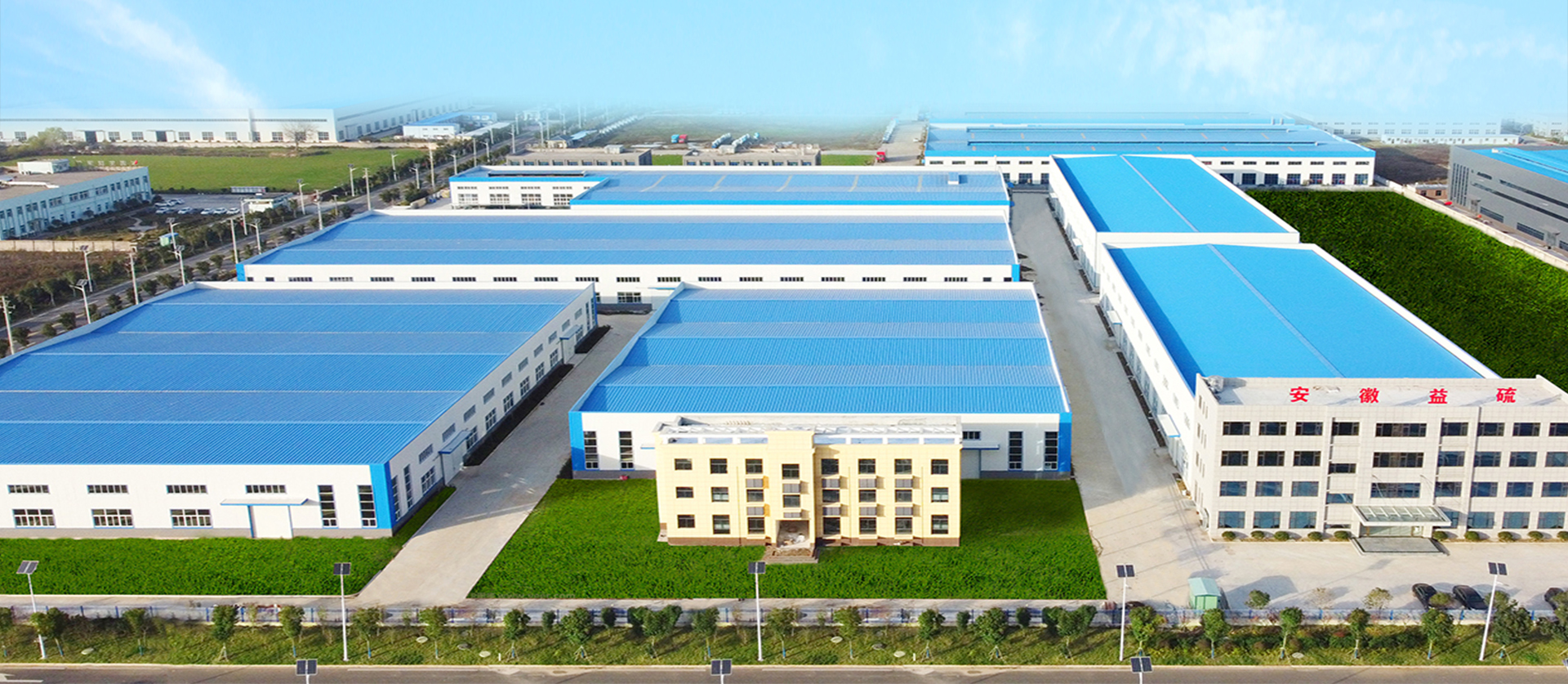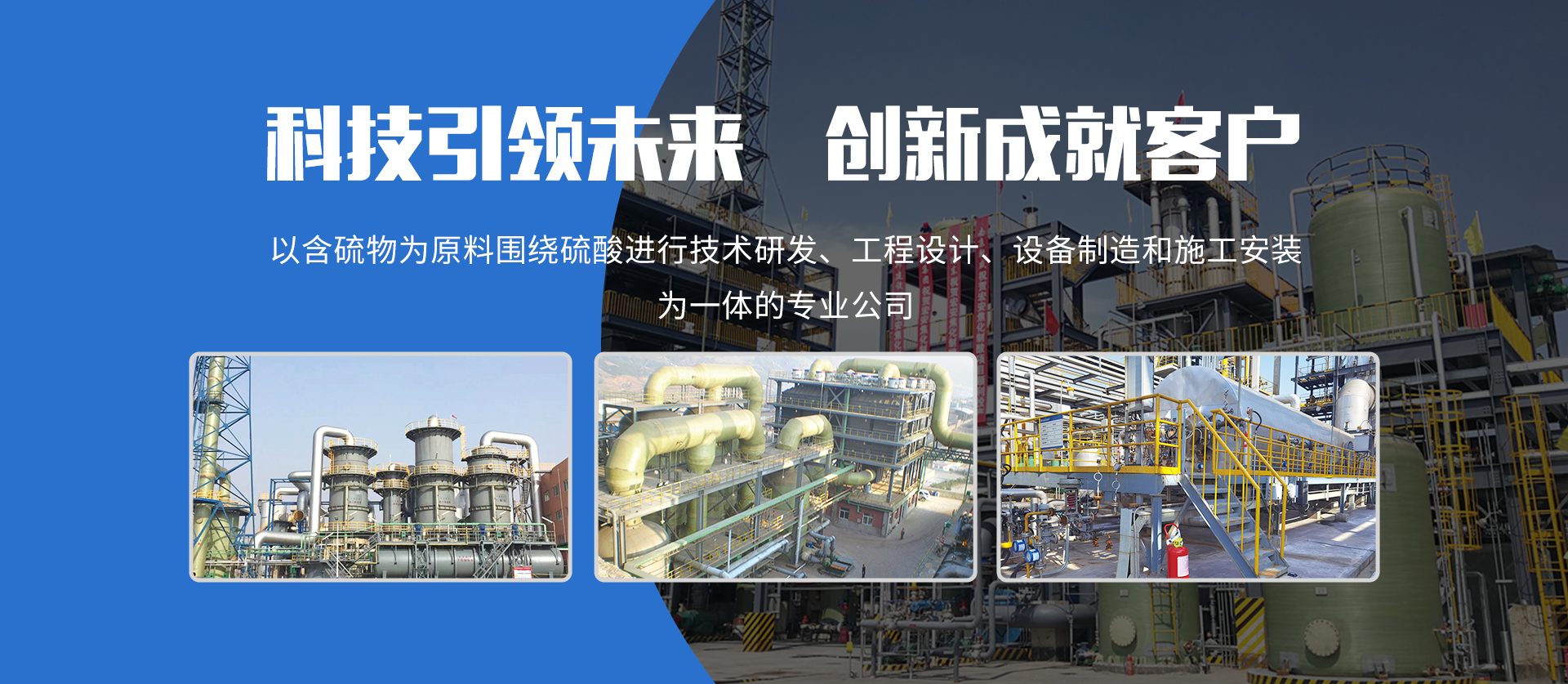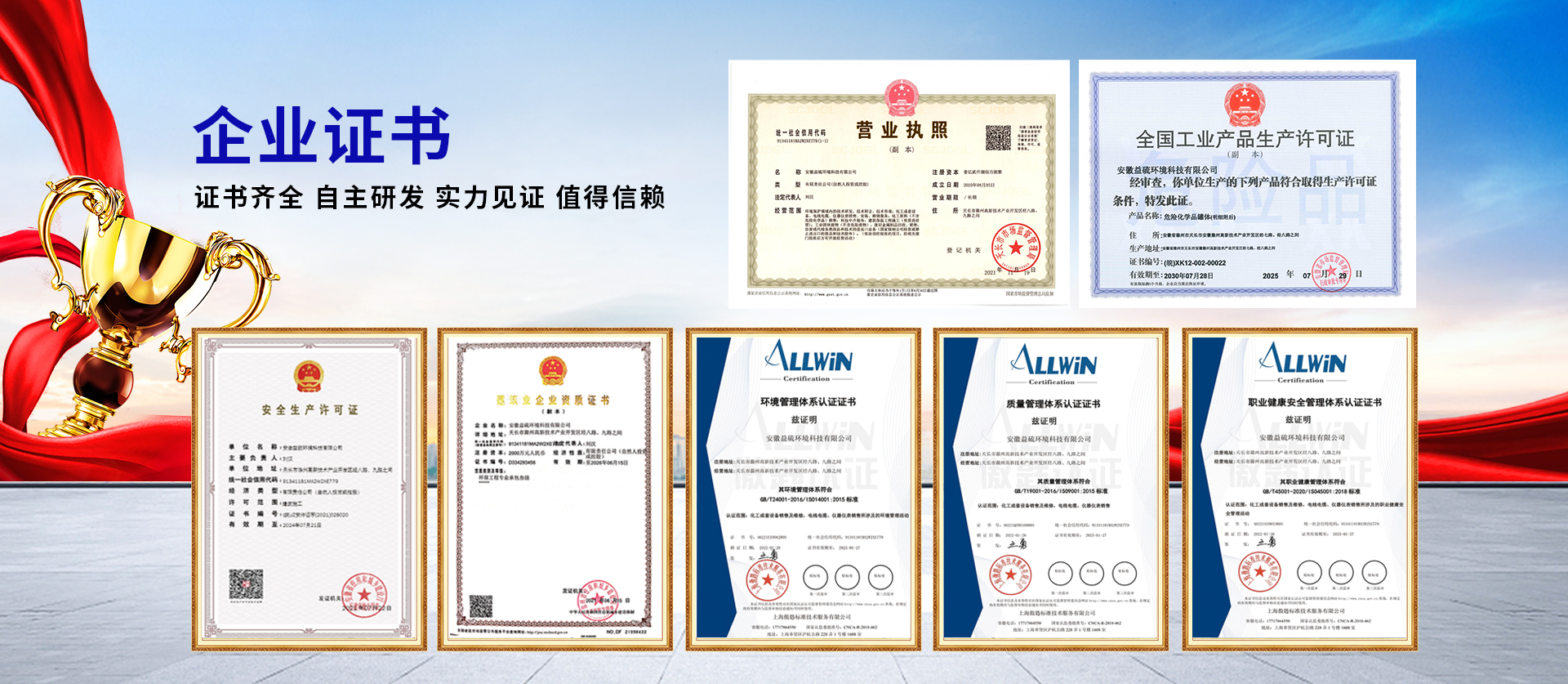Non cleaning vertical boiler
Cracking furnace is a kind of equipment used to treat waste liquid, sulfur foam and concentrated brine. Its main function is to decompose organic matter, sulfur and ammonium salt in waste liquid, sulfur foam and concentrated brine into sulfur dioxide gas. It is the key equipment of sulfuric acid plant with sulfur containing waste liquid. Cracking furnace mainly includes cracking furnace barrel, burner, waste liquid nozzle, lining and heat exchanger.
The design of the cracking furnace needs to take into account the type and composition of the waste liquid. Different types of sulfur-containing waste liquids have different chemical compositions and physical properties, so it is necessary to choose the appropriate type of cracking furnace and process parameters based on the characteristics of sulfur-containing waste liquids. It is necessary to consider parameters such as temperature, pressure, and reaction time for the cracking reaction. The selection of these parameters needs to be determined based on the composition of sulfur-containing waste liquid and the requirements of cracking products.
The cracking furnace cylinder mainly includes a shell, an insulation casting layer, and a refractory lining. The furnace head end plate is equipped with installation holes for waste sulfuric acid spray guns and gas air burners. The furnace is alternately equipped with upper and lower opening retaining walls. The furnace cylinder is equipped with installation holes for flame monitors and sight glasses. The furnace gas outlet is set at the tail of the cracking furnace, on the tail end plate of the cracking furnace, or on the cylinder.
The burner is the core component of the sulfur-containing waste liquid cracking furnace, and its working environment is relatively harsh. In production, it is required to be able to burn both refinery gas and acidic gas containing H2S, and the combustion air can reach up to 500 ℃. At the same time, it is exposed to high temperature and the presence of sulfuric acid mist, SO2, CO2, H2O and other gases, which can easily cause corrosion of the burner. Therefore, it is different from conventional burners. Its shell material is 06Cr19Ni10, and the burner material is 06Cr25Ni20, in order to achieve long-term stable operation. The basic requirements for burner operation are that the flame is straight and powerful, and has strong mixing and stirring functions. In addition, from the perspective of furnace operation safety, the burner must be equipped with two sets of ultraviolet flame detection systems. If one set of flame detectors detects no flame in the furnace, an alarm will be triggered. If both sets of flame detectors detect no flame, the fuel gas source will be immediately interlocked and cut off.
The waste liquid nozzle is also one of the core components of the waste liquid cracking furnace. The quality of its atomization effect directly affects the degree of waste liquid cracking. If the atomization effect is not good, the undecomposed waste liquid will cause serious corrosion to the cracking furnace shell, and may also decompose elemental sulfur, causing blockage to downstream equipment and forcing the device to shut down. Therefore, higher requirements are placed on the structure of the waste liquid nozzle to meet the requirement of completely atomizing the waste liquid. Considering the strong corrosion of waste liquid and the influence of high temperature, the waste liquid nozzle is made of iron nickel alloy stainless steel made of 06Cr20Ni30Mo2Cu3 material, which has extraordinary acid corrosion resistance in sulfuric acid environment.
Lining material: Under normal circumstances, the operating temperature of the furnace is within the range of 1000 to 1100 ℃. However, in the case of improper air flow control or unstable air flow, the furnace temperature may reach 1400 ℃. Therefore, the lining material must be selected from refractory materials that meet these operating conditions, and it is also required that the lining material has stable thermal conductivity, high acid resistance, and good thermal shock stability.
Lining structure: Currently, there are roughly two types of lining structures for waste liquid cracking furnaces in China. One type is the composite lining of "lightweight insulation castable+high alumina plastic fire facing surface", and the lining anchoring adopts a structure combining corundum anchoring bricks and anchoring nails. This structure has good overall integrity, good thermal shock stability, low investment, and easy construction. However, it has high requirements for construction and baking, requiring continuity during construction. Another type is the composite of "lightweight insulation castable+corundum refractory brick (fire facing surface)", which has good high temperature resistance and corrosion resistance, but the cost is high. The brick structure is also limited by the diameter of the furnace. If the diameter is large, the connectivity of the overall brick structure decreases, and the upper refractory brick is easily detached under strong thermal impact.
The performance of the acid gas burner in the cracking furnace, the atomization effect of the waste liquid nozzle, the selection of materials for the furnace components, and the rationality of the lining material and structure directly affect the normal production of the device.
Our company produces cracking furnaces with specifications ranging from Ø 1500 to Ø 7000.





